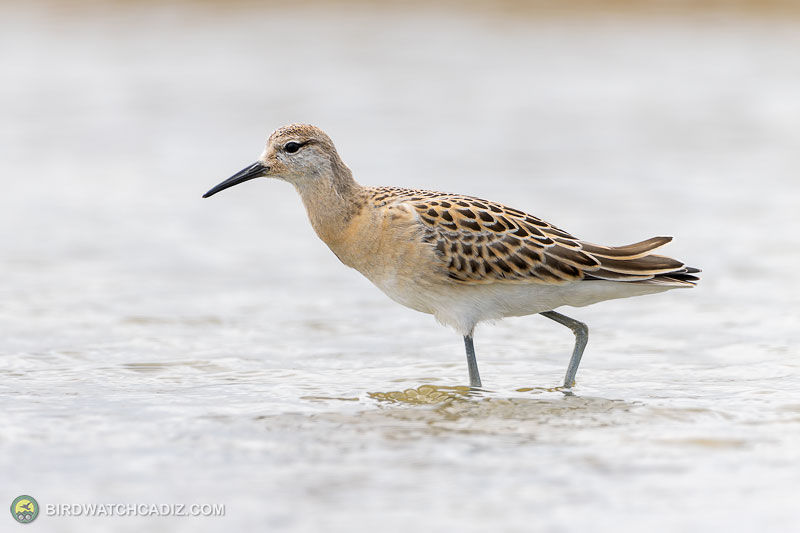Birding in a reclaimed wetland near Doñana
- Jun 10
- 4 min read
Updated: Jun 13
Between the towns of Trebujena and Sanlúcar de Barrameda lies a stretch of land that has recently undergone a dramatic transformation. Situated just across from the renowned Veta La Palma estate and bordering the Doñana Natural Park and the Lower Guadalquivir Special Area of Conservation, this area forms part of a formerly degraded wetland complex with great ecological potential. In the not-so-distant past, agricultural desiccation projects failed to tame the terrain, leaving behind a damaged and saline landscape. But thanks to a large-scale restoration project completed in 2024 and funded through the Integrated Territorial Investment program for Cadiz, 260 hectares of marshland have been restructured into a dynamic mosaic of lagoons, islands, and water channels.







By reintroducing a carefully managed hydrological system—combining rainwater and the saline influx of the Guadalquivir River—the project has revitalized this once-lost habitat. It now supports a diverse set of wetland environments that could, in time, rival some of the best birding spots in southern Spain. Ecological restoration here isn't just about birds—it also tackles flood control, climate change resilience, and local socioeconomic development. For birders, however, it's the reappearance of avian life that makes this site especially fascinating.















I’ve returned to this place in different seasons over the past year to see how it evolves and to observe the changes in bird activity. My first visit was in the scorching height of summer, when much of the area was still in a raw, unfinished state. I returned in the cooler part of the year, and most recently, during a warmer season again. Each visit offered new discoveries and seasonal contrasts. It's clear that the birds are gradually discovering the area too.





I remember seeing Common Cranes resting in one of the surrounding fields years ago, during their migration—at the time a completely parched stretch of land with barely any ecological appeal. Standing there again recently, it was hard to believe this was the same place. Now, the reintroduced water and habitat diversity suggest a promising future. While bird numbers are not yet overwhelming, they are certainly increasing, and a decent list of species can already be compiled.




During my visits, I’ve observed a surprisingly broad variety of birds: waders delicately probing the muddy edges of the lagoons, ducks moving through the broader stretches of water, raptors scanning the terrain from above, and bursts of song from the reeds. Some rare species have also made an appearance, hinting at the potential this site holds once it becomes more widely known among migrating and breeding birds.





Despite the growing avian activity, human visitors are likely to remain a rare species here. The area is, quite frankly, brutal on the casual birder. What remained consistent during all of my visits—regardless of season—was the overwhelming presence of biting insects. Mosquitoes and horseflies come at you in waves, unbothered by generous doses of repellent. I’ve left the place each time with my arms and legs riddled with bites. It’s the kind of place that demands commitment, endurance, and perhaps even a touch of masochism to fully enjoy.



There are some wooden observation platforms and marked paths to follow, but no shade at all—something that makes long stays challenging, especially in warmer months. But for those willing to face the elements (and insect hordes), the rewards are already notable. And the future could be even brighter. I can't help but compare this place to the Cetina Marshes, which have become a hotspot over the years. This restored section near Trebujena has similar potential. Given time, word will spread among the birds, and numbers will surely rise.




It’s a strange kind of thrill to witness a place in the early stages of its ecological comeback. There’s a rawness to it still—a roughness that hasn’t yet been softened by comfort or convenience. But that's also what makes it exciting. It’s not polished, and it doesn’t try to be. Nature here is being given space to return, and watching that happen, even if it costs you a pint of blood, is more than worth it.







If you’re a birder in search of new frontiers, who doesn't mind getting bitten and battered a little, keep your eye on this place. It’s not ready to offer easy birdwatching yet—but it’s already offering some unforgettable moments. And just maybe, in a few years, this restored marshland will stand among the best birding spots in the region.




Comments